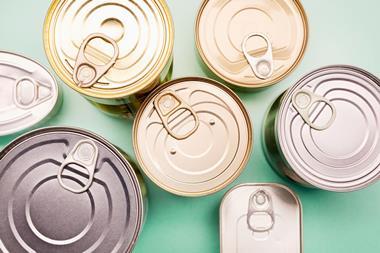A simple chemical alteration can make a molecule that normally forms gels in organic solvents switch to making gels in water.
A simple chemical alteration can make a molecule that normally forms gels in organic solvents switch to making gels in water.
Jan van Esch and colleagues in Groningen, the Netherlands, have demonstrated that simple chemical modification of cyclohexane bis-urea compounds transforms them from being organogelators (low molecular weight compounds (LMWs) that cause gelation in organic solvents) into hydrogelators (molecules that bring about gelation of water and water-based solutions).
Hydrogen-bonding between the urea parts of the compound means these LMWs can self-aggregate well in all solutions. But to form gels, the LMWs must also have a strong enough interaction with the surrounding solvent. For water-based solutions van Esch’s team found the right solvent compatibility level for the LMWs by adding peripheral groups with the right hydrophilic/hydrophobic balance for gelation to occur.
This logical and elegant approach to hydrogelator design is in direct contrast to the serendipitous way in which most other hydrogels have been discovered, and has added to the understanding of their structure-property relationships.
Sue Askey
References
<MAN>b500837a</MAN>






No comments yet